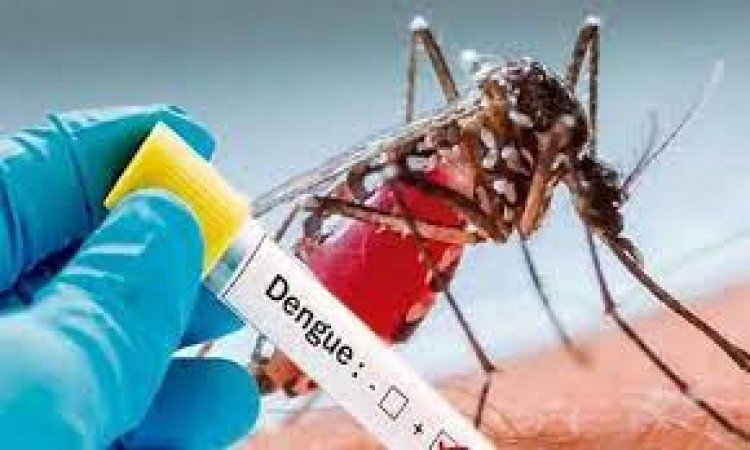
Dengue fever, a mosquito-borne viral infection, has been a longstanding public health concern across the globe. In recent years, the severity of dengue outbreaks has increased, raising concerns about the escalating threat it poses. This article delves into the reasons behind dengue's increasing danger, the elevated risk of severe illness and fatalities in the future, and the measures that need urgent attention to curb its menace. Dengue fever, once regarded as a tropical disease, is now a global concern due to its rapid spread and increasing severity. The virus is transmitted primarily by the Aedes mosquito, making regions with favorable climatic conditions more susceptible.
Dengue is caused by four distinct serotypes of the virus, all of which can lead to severe illness. Its incubation period is brief, resulting in rapid onset of symptoms, which can range from mild flu-like symptoms to severe complications like hemorrhagic fever and shock syndrome.
Climate change plays a pivotal role in the expansion of dengue-prone areas. Rising temperatures and altered rainfall patterns create conducive breeding environments for mosquitoes, amplifying the transmission risk.
The rapid growth of urban centers has exacerbated the dengue problem. Crowded living conditions and inadequate waste management contribute to increased mosquito breeding sites.
Dengue can present in diverse ways, often leading to misdiagnosis. Understanding its range of symptoms is crucial for timely intervention and preventing complications.
The existence of multiple dengue serotypes poses a challenge for vaccine development. Vaccinating against one serotype can worsen symptoms if the individual is exposed to another serotype later.
Vector control measures such as insecticide spraying have limitations. They can lead to pesticide resistance and are often unsustainable in the long term.
Severe dengue cases can strain healthcare systems, leading to resource shortages. As the virus evolves and climate conditions change, predictions suggest an uptick in cases and potentially more lethal outcomes.
Dengue's economic burden is substantial, affecting productivity and healthcare costs. Impoverished communities are disproportionately affected, perpetuating a cycle of poverty and disease.
Addressing dengue requires a comprehensive strategy encompassing surveillance, education, vector control, and vaccine development.
Researchers are working on developing a safe and effective multi-serotype dengue vaccine. This could be a game-changer in reducing the severity of outbreaks.
Raising awareness about dengue prevention is pivotal. Communities play a central role in eliminating breeding sites and adopting preventive measures.
Governments must invest in research, healthcare infrastructure, and sustainable urban planning to combat dengue effectively. The increasing danger posed by dengue fever requires collective action on a global scale. By addressing environmental factors, improving healthcare systems, and prioritizing research, we can mitigate the risk of severe illness and death in the future.
Unlocking the Power of Sleep: Impact on Body and Mind
Taming the Tummy: Strategies to Beat Gas and Constipation Naturally
Diabetes and Stress: Understanding the Underlying Connection